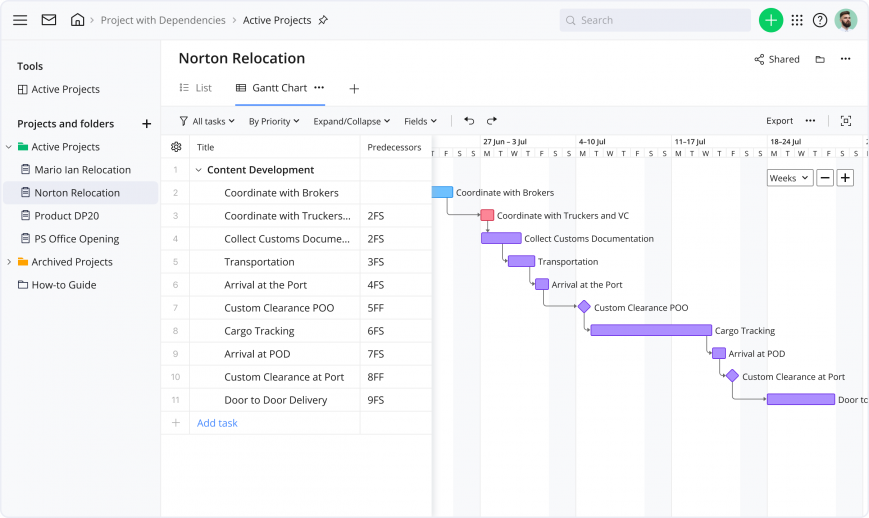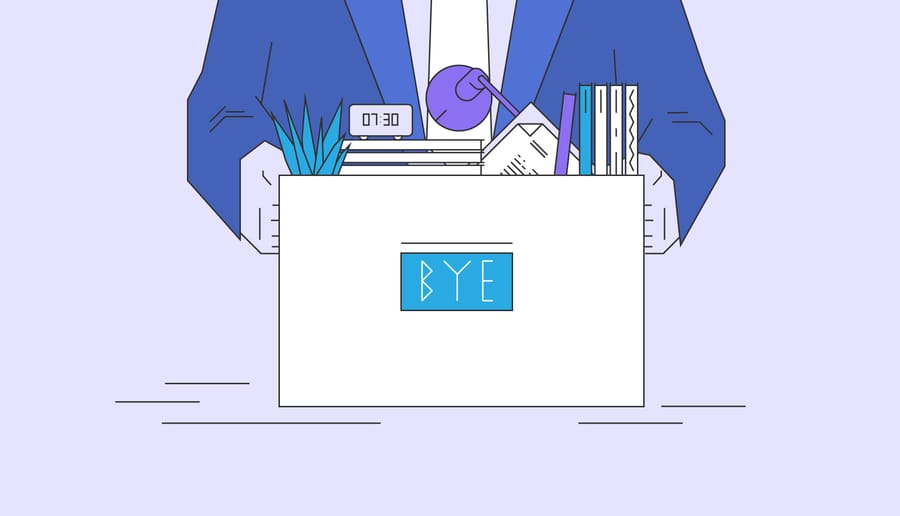Key takeaways:
- Why is onboarding important? Effective onboarding enhances employee productivity, retention, and satisfaction, setting the stage for a positive work experience.
- What are key elements of a successful onboarding template? Include preparation, first-day essentials, clear expectations, necessary resources, and ongoing communication.
- How can onboarding be customized? Tailor processes to fit unique company needs, role specifications, and incorporate company culture and values.
- What best practices should be followed? Assign mentors, encourage team-building activities, and regularly evaluate and update the onboarding process.
- How can Wrike enhance onboarding? Wrike’s work management tools help create custom onboarding templates, streamlining the integration of new hires.
In this article, we’ll cover the importance of onboarding, the key elements of a successful onboarding template, how to customize a plan to meet your company’s unique needs, and best practices for implementation.
Transform your new employee onboarding process with Wrike’s intuitive work management tools. Craft bespoke onboarding templates and optimize every step of the way with a 14-day free trial of Wrike.
Understanding the Importance of Effective Onboarding
Effective onboarding goes far beyond simply introducing new hires to their coworkers and giving them a tour of the office. A well-structured onboarding process can set the stage for a positive and productive work experience, while a haphazard or nonexistent process can have the opposite effect.
During onboarding, new employees should be given a comprehensive overview of the company’s mission, values, and culture. This will help them understand how their role fits into the bigger picture and what they can do to contribute to the organization’s success. Additionally, new hires should be introduced to their team members and given the opportunity to ask questions and get to know their new colleagues.
The benefits of a well-structured onboarding process
Here are some benefits of having a strong onboarding process:
- Increased productivity and efficiency: When new employees have a clear understanding of their roles and responsibilities, they are better equipped to get up to speed and start contributing to the company as quickly as possible. They can start making a positive impact on the company’s bottom line sooner, which can help to justify the investment in their training and development.
- Improved employee retention: Employees are more likely to stay with an organization that has invested in their success from the start. By providing new hires with a supportive and engaging onboarding experience, companies can help to build a sense of loyalty and commitment among their employees. This can reduce turnover rates and save money on recruitment and training costs.
- Higher employee satisfaction: Starting a new job can be stressful, but an effective onboarding process can help ease some of the anxiety that new hires may feel. By providing them with the information and resources they need to succeed, companies can help new employees feel more confident and empowered in their roles.
The impact of onboarding on employee retention and satisfaction
The first few weeks on the job are critical to establishing a positive employee experience. This means that companies that invest in their onboarding process are more likely to retain their top talent and build a strong, loyal workforce.
A good onboarding experience can also have a positive impact on employee satisfaction. When new hires feel supported and valued by their employer, they are more likely to be engaged and motivated in their work. This can lead to higher levels of job satisfaction, which means better performance and productivity in the long term.
Key Elements of a Successful Onboarding Template
Now that we’ve established the importance of onboarding, let’s take a closer look at the key elements that should be included in any effective onboarding template.
Preparing for the new employee’s arrival
The onboarding process begins long before the employee’s first day on the job. Assign someone to reach out and confirm their start date and time. Parking or transportation information should also be provided, along with any necessary paperwork or instructions. This will help new employees feel prepared and excited to start their new role.
Also, think about sending a welcome email or package to the new employee prior to their start date. This could include a welcome letter from the CEO, company swag, or other small gifts to make the new employee feel welcomed and valued.
First-day essentials
On the employee’s first day, make sure to treat them like a priority. Assign a point of contact to greet and guide them through the onboarding process. This could include a tour of the office, introductions to key team members, and an overview of company policies and procedures.
Organize a welcome breakfast or lunch for the new hire to meet their new colleagues and start building relationships. A positive way to “break the ice” can help new team members feel more comfortable and connected to their colleagues from the outset.
Setting clear expectations and goals
New employees should have a clear understanding of their roles and responsibilities, as well as the goals they need to achieve in order to be successful. Setting concrete expectations and goals helps instill confidence in their abilities and an understanding of how they fit into the bigger picture; this can be done through an individual meeting with the new team member’s manager.
Providing necessary resources and support
New hires will need access to certain tools and resources to do their jobs effectively. Make sure they have everything they need in terms of technology, equipment, and training to get started. Assign a mentor or buddy to answer any questions they might have and provide support as needed.
Create a training schedule for the new employee to ensure they receive all necessary training in a timely manner. This serves as an opportunity for them to ask clarification questions, which could reduce the likelihood of mistakes or misunderstandings in the future. While you could outline this process in excel or in a written format, you can make the process much easier through the implementation of a project management tool like Wrike.
To illustrate some of Wrike’s capabilities, here’s a snapshot of how projects are managed using a Gantt chart. Using a workflow like this can be particularly useful in planning and visualizing the onboarding process timeline.

Ongoing communication and feedback
Remember that the onboarding process shouldn’t end after the first week or two on the job. Regular communication and feedback are critical to providing a supportive framework that encourages new employees to achieve their goals. Schedule regular check-ins to provide feedback, answer questions, and address any concerns new employees may have.
Creating a Customized Onboarding Plan
Since each company has unique needs, consider the following steps when customizing your onboarding process:
Assessing your company’s unique needs
Prior to crafting your plan, assess your company’s current onboarding process, especially the strengths and areas for improvement. Also consider taking the time to evaluate your organization’s culture and values, as well as the specific needs of each role within the company.
If your company culture values collaboration and teamwork, you may want to incorporate team-building activities into your onboarding process. Alternatively, if your company is fast-paced and deadline-driven, you may want to focus on time management and prioritization skills.
Tailoring the onboarding process to different roles
Not all onboarding processes are created equal. Different roles within the company may require different training or resources. Tailor the onboarding process to meet the specific needs of each role, ensuring that new hires will have the skills and knowledge they need to succeed.
If you’re onboarding a salesperson, you may want to focus on product knowledge and sales techniques. On the other hand, if you’re onboarding a software developer, you may want to emphasize coding best practices and software architecture.
Incorporating company culture and values
Effective onboarding goes beyond simply teaching new hires the nuts and bolts of their job. It should also include an introduction to the organization’s culture and values, as this aids employees in understanding what makes the company unique and how they can contribute to its success.
One way to do so is to have new teammates meet with key stakeholders within the company. This could include the CEO, department heads, or other senior leaders. These meetings can help new employees understand the company’s values and goals, as well as their role in achieving them.
Another way involves having new hires participate in team-building activities. These activities can help them feel like part of the team and understand how their role fits into the larger picture.
Best Practices for Implementing Your Onboarding Template
Here are some best practices to consider when implementing your customized onboarding template:
Assigning a dedicated onboarding mentor or buddy
Setting up a mentorship program or buddy system serves as an excellent way to provide ongoing support and guidance to new employees. In addition, there is potential for a more seamless integration into the company and fostering a sense of connection with colleagues.
For instance, the mentor or buddy can help answer questions, provide guidance, and offer support throughout onboarding. This person should be someone who is knowledgeable about the company culture, policies, and procedures. They should be approachable and available to help the new hire navigate any challenges or concerns that may arise.
The onboarding mentor or buddy can also help the new hire build relationships within the company. They can introduce the new employee to colleagues and facilitate introductions.
Encouraging team-building activities and socialization
Creating opportunities for new hires to get to know their colleagues and build relationships can help ease the transition into a new job and foster a positive company culture. Hosting team-building activities or social events, such as team lunches, happy hours, or volunteer events, can be fun and engaging, while also providing new team members with a chance to connect with their colleagues on a more personal level.
Regularly evaluating and updating your onboarding process
Onboarding should be an ongoing endeavor. Regularly evaluate your process to identify areas for improvement and make updates as needed. Gather feedback from new hires to better understand their experiences and identify areas for improvement. This feedback can be collected through surveys, focus groups, or one-on-one conversations.
Use this valuable feedback to make updates to your onboarding procedures, such as adding new training modules, adjusting the length of the onboarding period, or incorporating new team-building activities.
By following these key elements and best practices, your organization can create an effective onboarding process that sets new hires up for success and contributes to overall employee satisfaction and retention.
Give your new hires a seamless onboarding experience with tailor-made onboarding templates in Wrike. Start your free trial today and accelerate the integration of new talent, promoting a motivated workforce.
Note: This article was created with the assistance of an AI engine. It has been reviewed and revised by our team of experts to ensure accuracy and quality.
Power the Modern, Agile Enterprise
Crush your goals and keep moving forward with Wrike’s work management platform.








